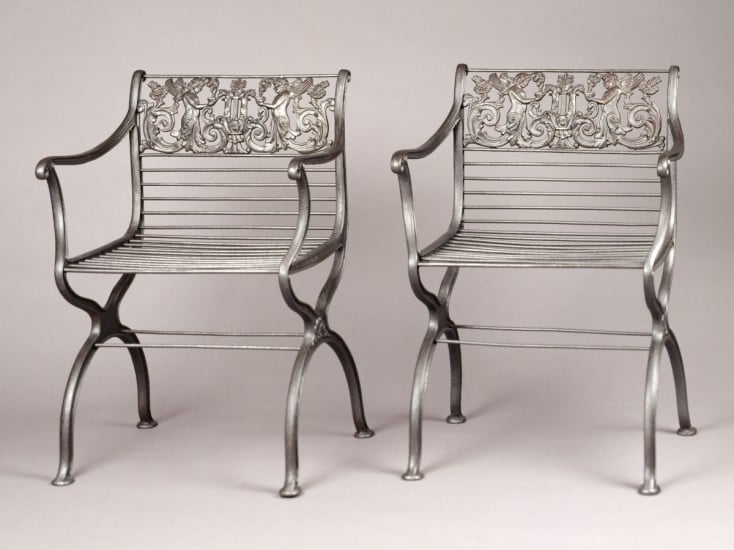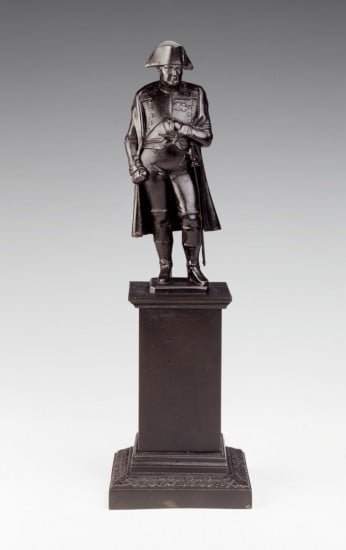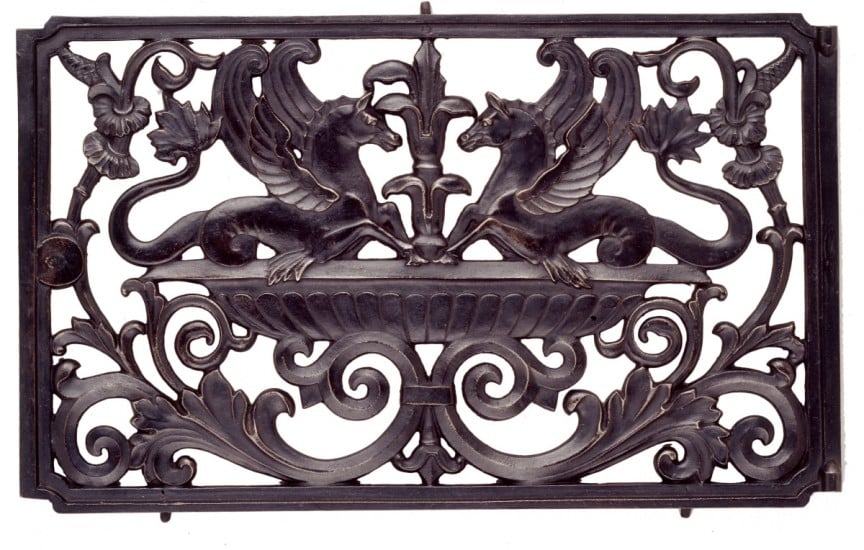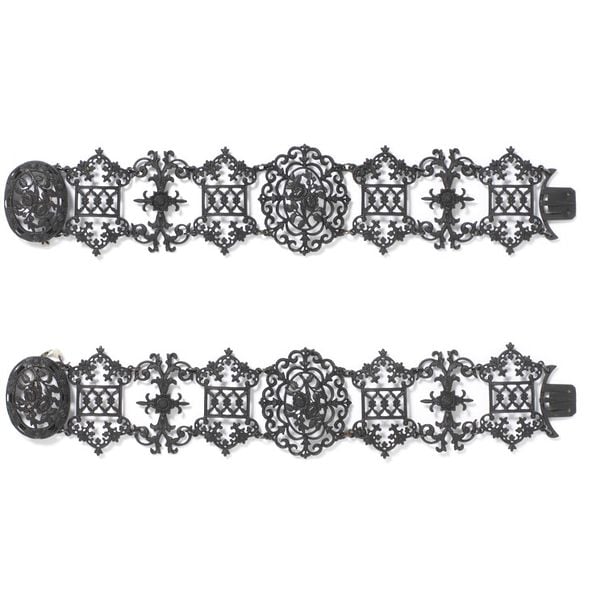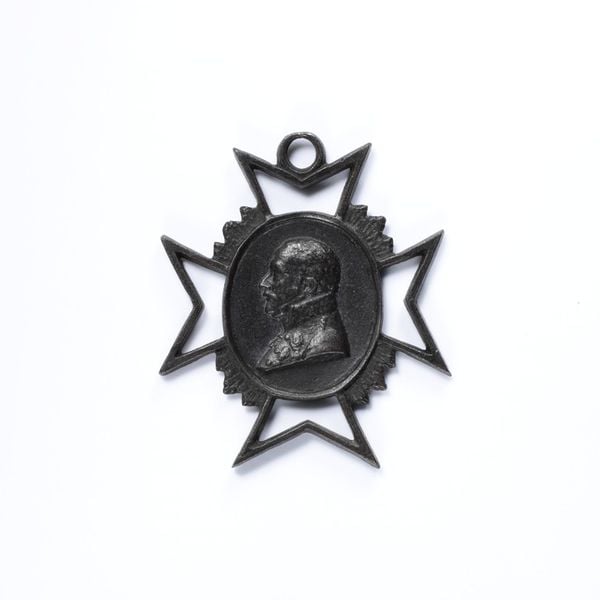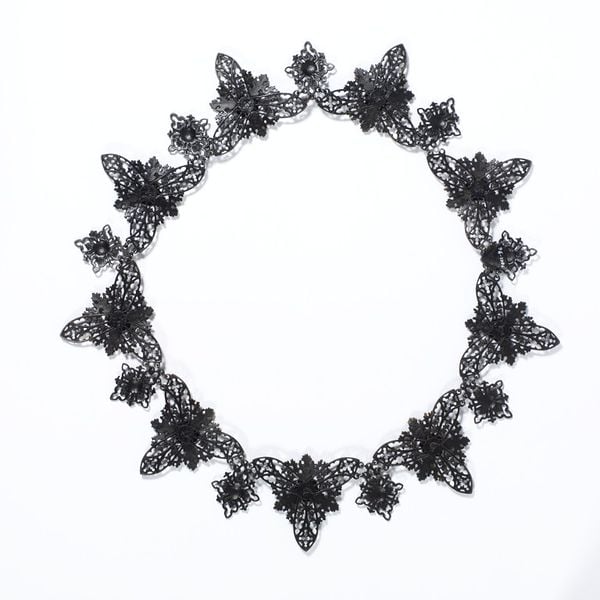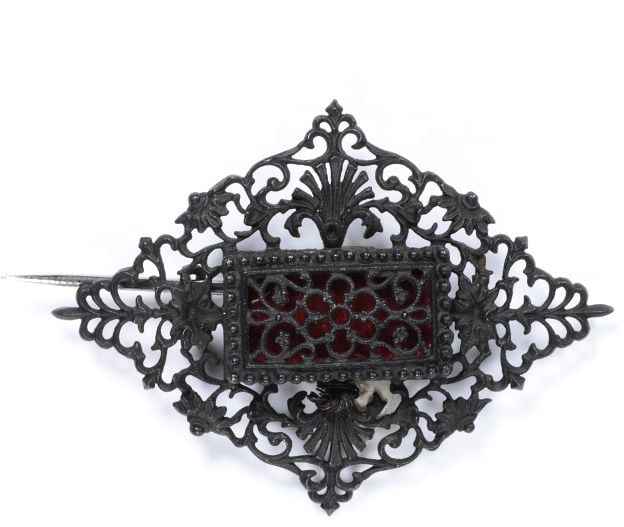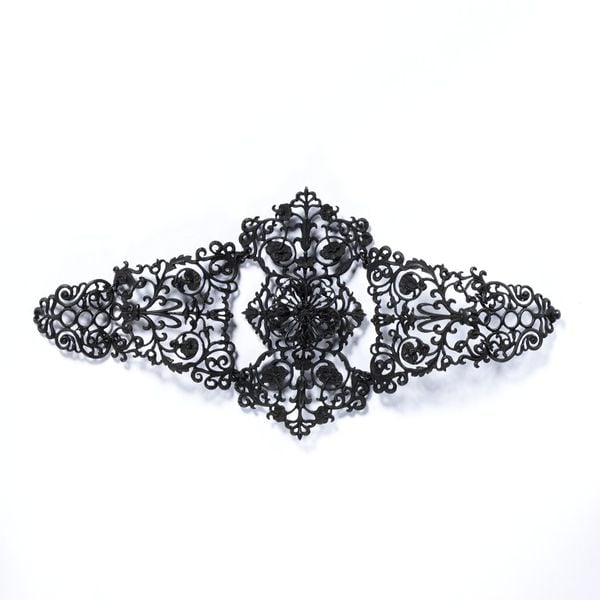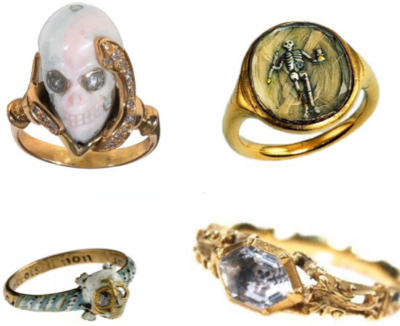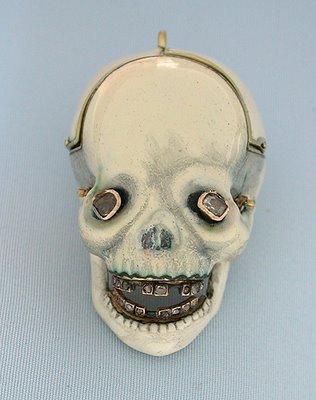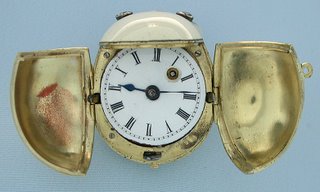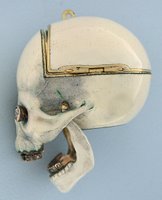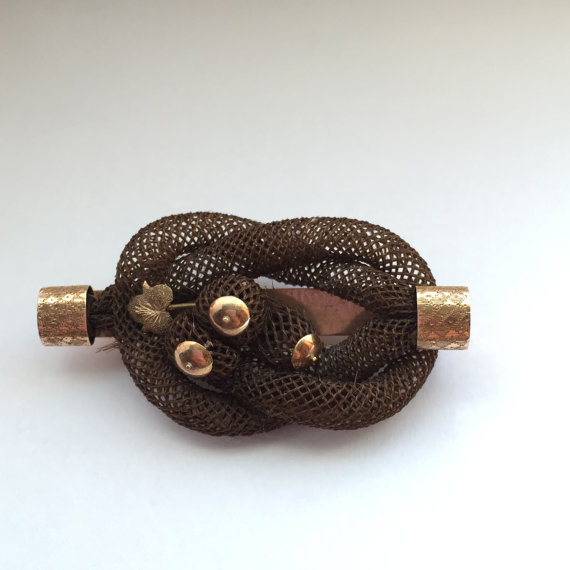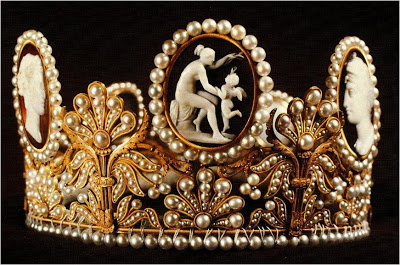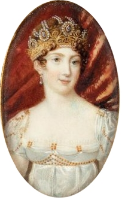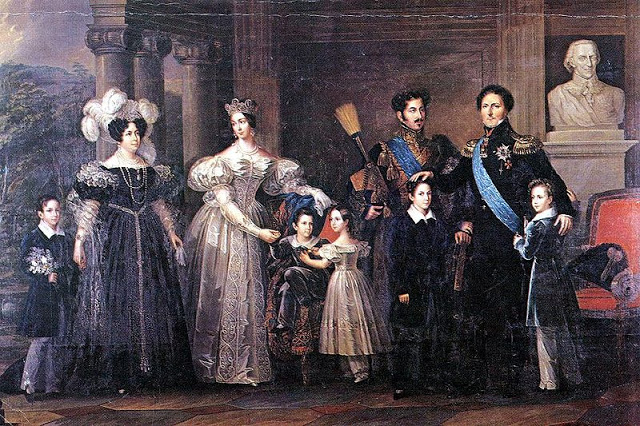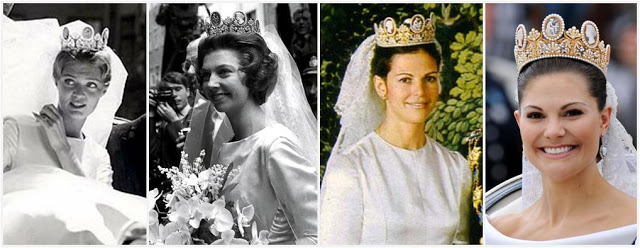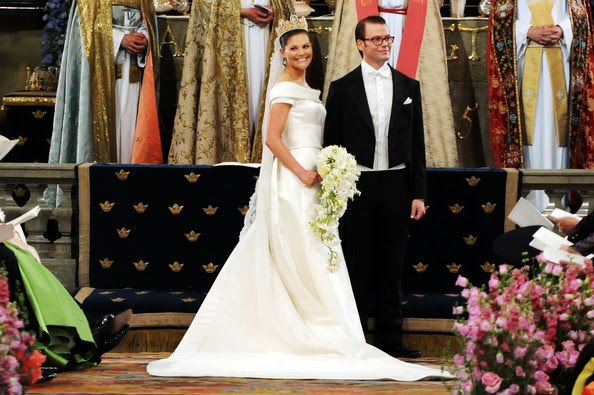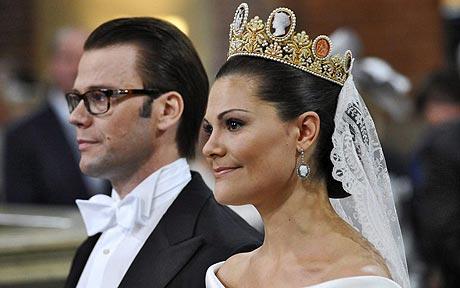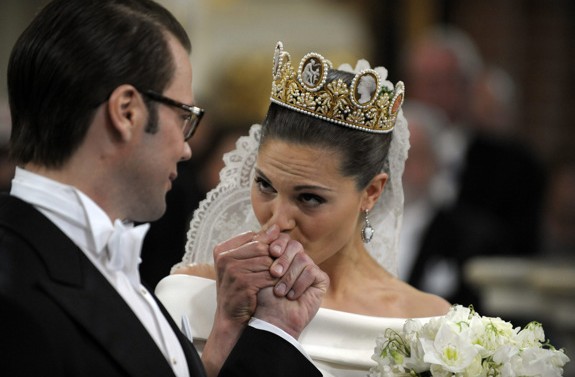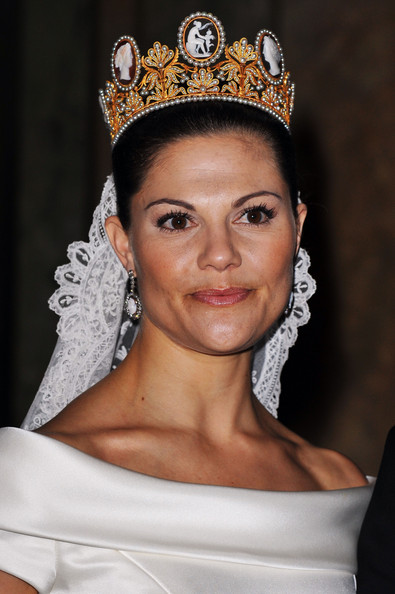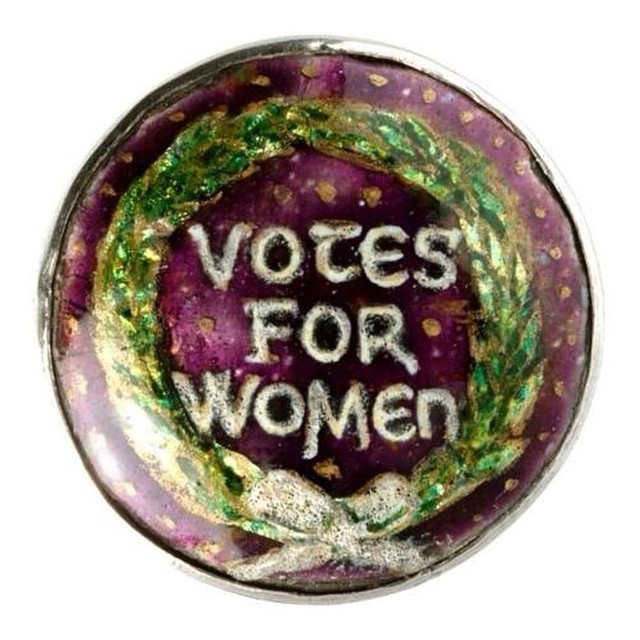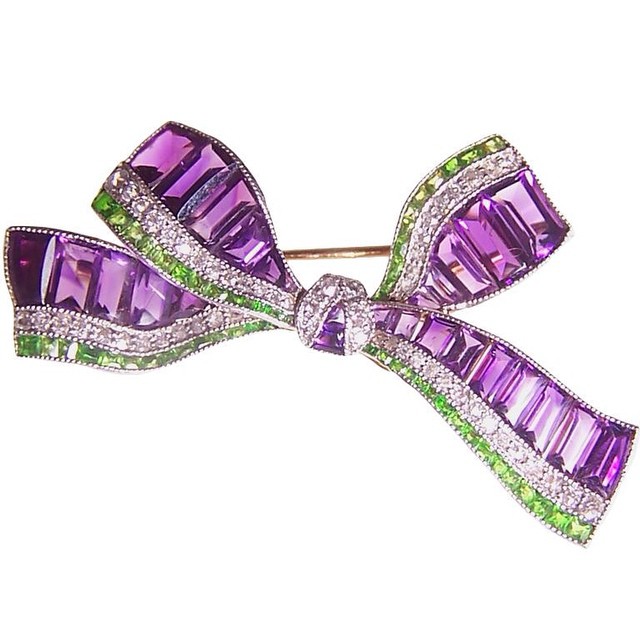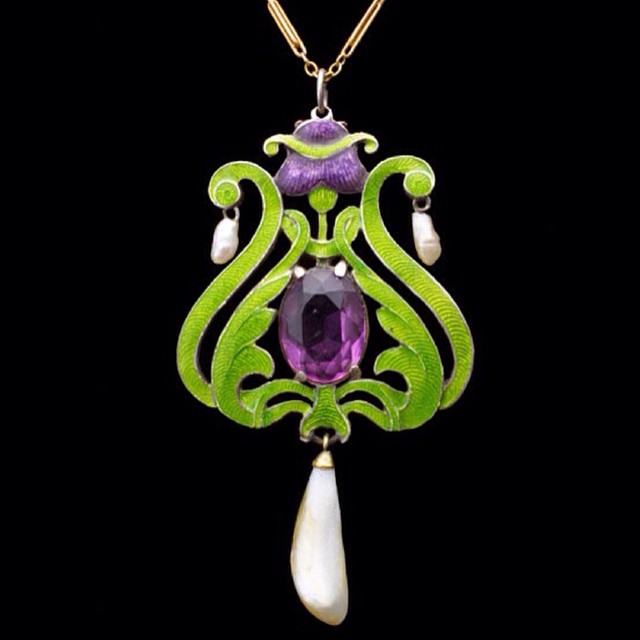Not What it Seems: The Black Prince Ruby
/The Imperial State Crown Featuring the "Black Prince Ruby"
The Black Prince's Ruby is one of the most famous members of the British Crown jewels, but despite its name, the stone is not a ruby. The Black Prince's Ruby is actually a deep red un-faceted spinel. The stone, which has been in the possession of the British Royal Family since 1367, was named after Edward of Woodstock, Prince of Wales. It is one of the oldest of gems included in the Royal Collection of Crown Jewels and currently sits in the cross at the front of the Imperial State Crown, just above the Lesser Star of Africa (Cullinan II).
At an estimated weight of 170 carats and a length of almost 5 centimeters, the Black Prince's Ruby is the one of the world's largest uncut red spinel gemstones. The Black Prince's Ruby was polished into a bead-like shape which was drilled, strung and worn as a pendant and various other forms of jewelry prior to it being placed in the Imperial Crown. The drill hole has since been plugged with a smaller ruby.
Why was this spinel misidentified as a ruby?
As with many other gemstones 'rubies' were historically a category of gemstones that would have included all red transparent gemstones. It wasn't until 1783 that spinel was differentiated from ruby. Spinel and ruby (corundum) can be distinguished based on its chemical properties and physical characteristics.
Where did the Black Prince Ruby come from?
The Black Prince's Ruby was believed to have been mined in the 14th century somewhere from present-day Tajikistan, which was then known as Badakshan. The stone belonged to Prince Abu Sa'id of the Moorish Kingdom of Granada.
Edward the Black Prince
During the mid 14th century the Moorish Kingdom of Granada was being attacked and placed once again under Castilian rule as a part of the Christian Reconquest of the Iberian peninsula. Abū Sa'īd's rule was confronted by that of Peter of Castile, also known as Don Pedro the Cruel. According to historical accounts, Abū Sa'īd wanted to surrender to Don Pedro. Don Pedro welcomed him to Seville. When Abū Sa'īd met with Don Pedro, Don Pedro had Abū Saī'd's servants killed and it is believed that he may have personally stabbed Sa'īd to death himself. It is said that when Don Pedro searched Sa'īd's corpse, the spinel was found and added to Don Pedro's possessions.
In 1366, Don Pedro's illegitimate brother, Henry of Trastámara, revolted against Don Pedro. Don Pedro made an alliance with the Black Prince, the son of Edward III of England in an attempt to thwart the revolt. After the revolt was successfully put down the Black Prince demanded the ruby in exchange for his aid. It is thought that Don Pedro was reluctantly obligated to turn the stone over and the Black Prince took the Ruby back to England.
The Ruby resurfaces again in 1415 when Henry V of England wore a gem-encrusted helmet that included the Black Prince's Ruby during his battle in France. In the Battle of Agincourt on October 25, 1415, the French Duke of Alençon struck Henry on the head with a battleaxe, and Henry nearly lost the helmet, along with his life. The battle was won by Henry's forces and the Black Prince's Ruby was saved. The gemstone was worn into battle once again by Richard III who wore the stone on his helmet at the Battle of Bosworth, where he died.
The Ruby as part of the British Crown Jewels
The 1512 inventory of Henry VIII's posessions mentions "a great balas ruby" set in the Tudor Crown. This is believed to be the Black Prince Ruby. It remained there until the time of Oliver Cromwell in the 17th century, when (excepting of the Coronation Chair and several other items) Cromwell had the principal symbols of the king's power disassembled and sold, while the gold was melted down and made into coins. The fate of the Black Prince's Ruby, during that time in England is not clear, but it came back into the monarchy's posession in 1660 when Charles II and the monarchy was restored. In 1838 Queen Victoria was crowned with a new Imperial State Crown made by Rundell and Bridge. The crown contained 3,093 gems, including the spinel at the front. This crown was remade in 1937 into the current, lighter, crown and a small plaque was placed on the reverse of the gemstone that commemorates the crown's history.
This article is a repost from my July 2016 Newsletter. To read the rest of the newsletter click here
